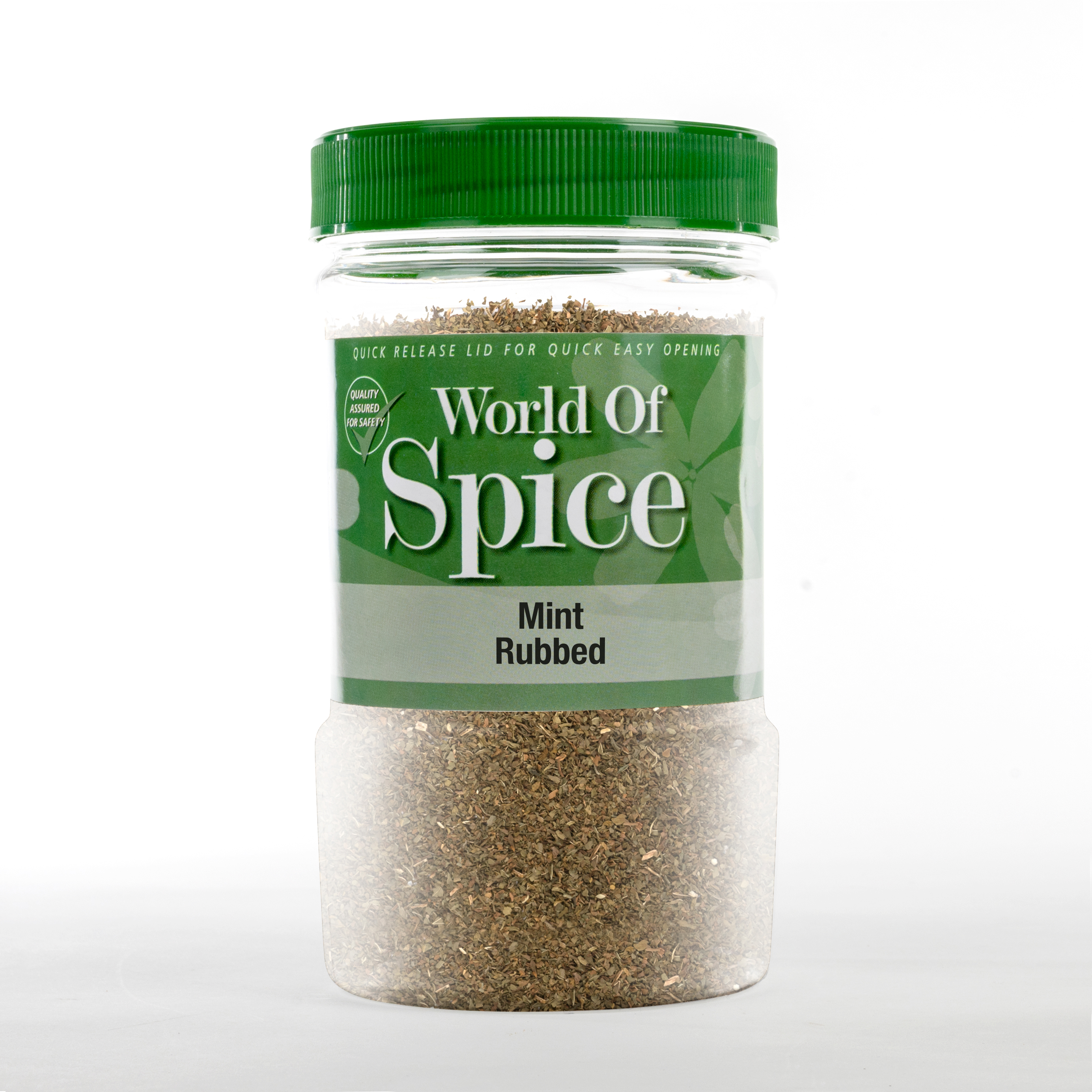
Herbs and Spices have been used for thousands of years in both medicinal and culinary ventures across the globe. Even today, they are an essential part of our daily lives, whether it be in the food we eat or the products we use, we rely on them more than we know.
Given their importance, we thought we’d take a closer look at the history of herbs and spices, how their uses have evolved and discuss the most popular produce worldwide!
Medicinal Purposes
From herbal teas to essential oils, herbs and spices have countless uses when it comes to health and wellbeing. Historically, they were used for medicinal properties, with plant parts such as seeds, berries, roots, leaves, fruits, bark, flowers, used in herbal therapy. Before conventional, manufactured medicines were available, humanity was dependant on crude botanical material to retain vitality and cure diseases.
Archaeological studies have shown that the practice of herbal medicine dates as far back as 60,000 years ago in regions of Iraq and China. There are well-established documented medicinal uses for such plants as laurel, caraway, and thyme. In present day, herbs and spices are still a popular alternative to manufactured medication around the globe.
Culinary Herbs and Spices
From a culinary perspective, herbs and spices are used in small amounts and are intended to provide food with flavour, rather than substance - no food is the same without them. Native herb gardens around the world have helped to shape the best-known dishes. The way cultures have used herbs to build their culinary traditions have been carried through into modern times, creating distinct flavours and aromas, specific to their cuisine. Seasoning has the capacity to completely transform a dish.
However, getting experimental and creating new flavours with your herbs and spices for cooking is essential to restaurants that want to set themselves apart from the competition. Herbs enhance flavours and help to create a diverse flavour palette. Additionally, by eating herbs as part of your balanced diet, you’re not only adding flavour but giving your body essential minerals and vitamins for optimum health.
Although using fresh herbs and spices to cook is often necessary, dried herbs and spices will always offer more diversity. Utilising dried produce means you’ll need less of the product, because dried product is always a lot stronger than fresh. The volatile oils are locked inside until ground or heated, waiting to enhance your food! This is also extremely cost effective and lessens overall food wastage.
Cooking Methods
There are so many different ways to cook with herbs and spices. Our favourites include:
- Infusing into oils for a delicious subtle flavour
- Pan frying to slowly release the volatile oils
- Seasoning in boiling water
- Creating a marinade to coat and season meat and vegetables
- Grinding into a rub to season grilled or baked proteins
- Garnishing authentic cuisine
- Brewing in herbal tea
Most Popular Herbs and Spices Worldwide
Each country has its preferred herbs and spices to cook with, as authentic cuisine is determined by the seasonings and cooking methods used. It’s how we come to know and love the flavours we associate with the dishes in question.
We thought we’d create a roundup of the most popular herbs and spices used around the globe and delve a little deeper into their individual backgrounds!
Pepper – Native to Southeast Asia, peppercorns have been used for both flavour and as traditional medicine for thousands of years. Black pepper is the world's most traded spice and is the most common spice added to global cuisine.
Chilli – Chili peppers originated in Bolivia and were first cultivated in Mexico. They’re widely used in many cuisines to add spice and heat to dishes. Capsaicin is what gives chilli peppers their warm intensity when ingested or applied topically for medicinal purposes.
Nutmeg – Nutmeg is the spice made by grinding the seed of the fragrant nutmeg tree into powder. Nutmeg is native to Indonesia and known for its warm and fragrant spiciness. In Indonesian cuisine, nutmeg is used in dishes, such as spicy soups variants like soto, konro, oxtail, sup iga, bakso and sup kambing. Nutmeg has always been used worldwide to flavour essential oils and is also used heavily in the production of perfume.
Garlic – Native to central Asia, garlic has been cultivated in Mesopotamia for at least 4,000 years. Garlic is widely used around the world for its pungent flavour as a seasoning or condiment. Interestingly, well-preserved garlic was found in the tomb of Tutankhamun and in Egyptology, garlic was considered a sacred and nutritional herb that would bring those who consumed it health and happiness. Garlic has been used for traditional medicine in diverse cultures such as in Egypt, Japan, China, Rome, and Greece.
Ginger – Again, originating in Southeast Asia, the most ancient evidence of ginger’s domestication is among the Austronesian people, where several species of ginger cultivated and were used in ancient times. Ginger has the ability to grow in a wide variety of land types and areas, however, is best produced when grown in a warm, humid environment. In 2019, India led the global production of ginger, with 44% of the world total.
Oregano – Oregano was native to the Mediterranean region, but widely naturalised elsewhere in the temperate Northern Hemisphere. Oregano, and its cousin Marjoram are both widely used as culinary herbs, especially in Turkish, Greek, Spanish, Italian, Mexican, and French cuisine.
Rosemary – Rosemary is an aromatic evergreen shrub native to the Mediterranean and Asia. It can withstand droughts, surviving a severe lack of water for long periods of time. Special cultivars like 'Arp' can withstand winter temperatures down to about −20 °C. Rosemary grows relatively slowly, but the plant can live as long as 30 years.
Cinnamon – Cinnamon is a spice obtained from the inner bark of several tree species from the genus Cinnamomum. Cinnamon was so highly prized among ancient nations that it was regarded as a gift fit for a deity; a fine inscription records the gift of cinnamon and cassia to the temple of Greek god, Apollo! Its source was kept a trade secret in the Mediterranean world for centuries by those in the spice trade, in order to protect their monopoly as suppliers.
Basil – Basil is used in a vast array of cuisines worldwide and historically, is also known for being an effective insect repellent! It’s native to tropical regions from Africa to Central Asia. In temperate climates, basil is treated as an annual plant.
Mint - Native to Eurasia, North America, southern Africa, and Australia, there are actually 25 species of mint! These were widely distributed throughout the temperate areas of the world and have now naturalised in many places. Chewing mint leaves in ancient times was said to clean your teeth and give you strong bones for a long and healthy life.
Get in Touch
At World of Spice, our produce is known internationally for its delicious and strong flavour. We always deliver the highest quality products, working alongside some of the finest chefs to help them create impeccable, authentic cuisine. If you’re looking to buy spices online, we can arrange fast and convenient delivery to meet your business’s needs.
From bespoke blends to a choice of packaging, complete with custom labelling, our comprehensive service can help you achieve your culinary goals. For more information about our services and what we can offer you, please contact us at orders@worldofspice.co.uk, or feel free to call our team on 01277 633303. We look forward to hearing from you.



